| |
Family (Alpha): | |
| View | Acrididae Members:
| NC Records |
|---|
Syrbula admirabilis (Uhler, 1864) - Handsome Grasshopper |
|
|
|
|
|
Image Gallery for Syrbula admirabilis - Handsome Grasshopper
|
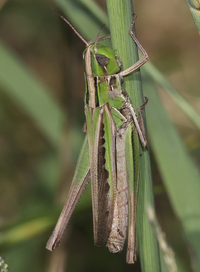 | Recorded by: John Petranka
Orange Co.
Comment: | 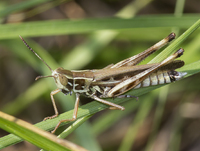 | Recorded by: John Petranka
Orange Co.
Comment: |
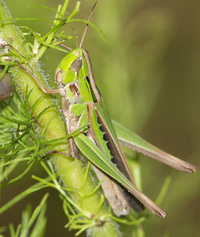 | Recorded by: John Petranka
Durham Co.
Comment: | 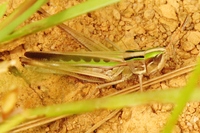 | Recorded by: Ken Kneidel
Mecklenburg Co.
Comment: |
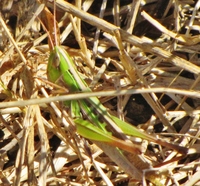 | Recorded by: Ken Kneidel
Mecklenburg Co.
Comment: | 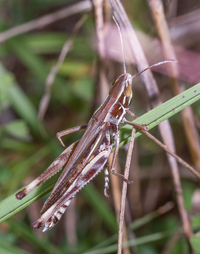 | Recorded by: Stephen Hall
Iredell Co.
Comment: In a grassy area/old field located next to a state-park barracks |
 | Recorded by: NEW
Moore Co.
Comment: | 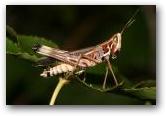 | Recorded by: E. Corey
Cumberland Co.
Comment: |
 | Recorded by: FKW
Gates Co.
Comment: |  | Recorded by: FKW
Gates Co.
Comment: |
|

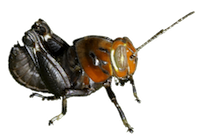 »
»


 »
»
